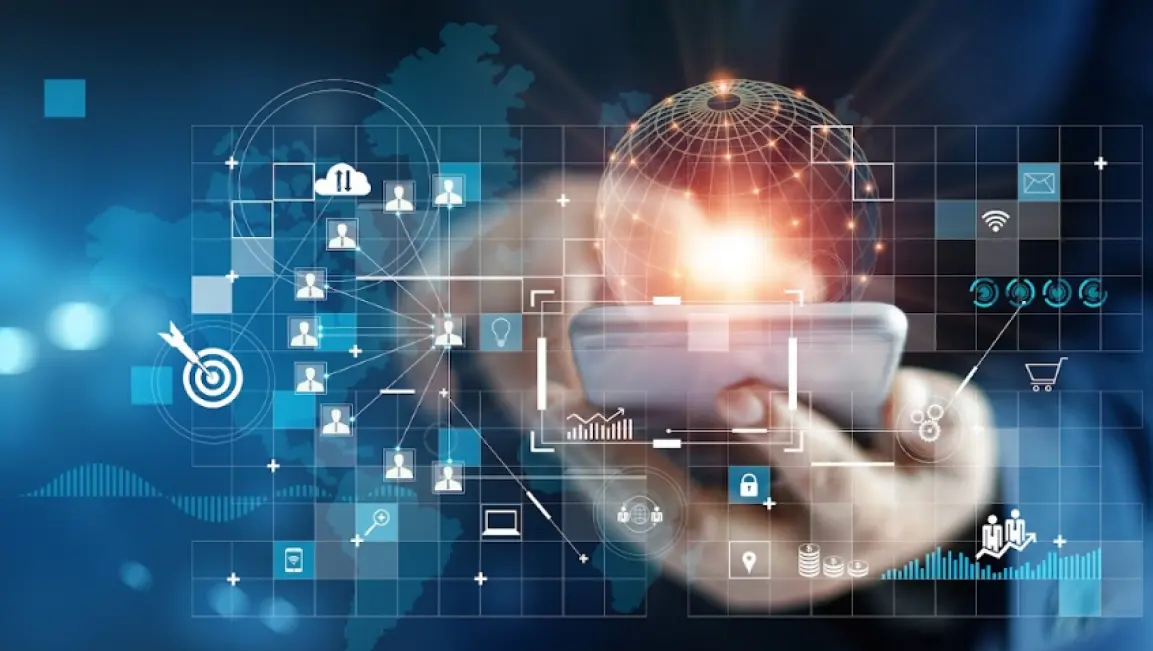The traditional banking sector, for centuries a bastion of stability and brick-and-mortar presence, is in the midst of its most significant transformation. What was once defined by long queues, complex paperwork, and rigid operating hours is now being reshaped by a wave of digital-first innovations. This isn’t just about offering online banking; it’s a fundamental shift in philosophy, moving from transaction-centric models to customer-centric ecosystems. The new era of banking is powered by artificial intelligence, data analytics, and a consumer demand for seamless, personalized experiences. It’s a landscape where your financial institution is not just a place to store money, but a proactive partner that helps you manage your financial life. This article will delve into the key forces driving this revolution, explore the cutting-edge technologies being deployed, and examine the challenges and opportunities that lie ahead for both traditional banks and their new, agile competitors.
The catalyst for this change is the shifting expectation of the modern consumer. Having grown up with the convenience of on-demand services from companies like Netflix and Amazon, customers now expect the same level of speed, personalization, and accessibility from their financial providers. This demand has opened the door for agile fintech startups that lack the legacy infrastructure of traditional banks, allowing them to innovate at a breathtaking pace. In response, established banks are forced to either adapt or risk becoming obsolete. The result is a dynamic, competitive market where the focus is on creating value through data-driven insights and a frictionless user experience.
The Digital-First Customer Experience
The most visible change in the new era of banking is the complete overhaul of the customer experience. The branch is no longer the primary touchpoint; it’s the mobile app and the web interface. These digital platforms are no longer passive tools for viewing balances; they are interactive hubs for all financial needs.
- A. Hyper-Personalization Through AI: Traditional banks often offer generic financial products. The new era is all about personalization. By analyzing a customer’s spending habits, savings goals, and life events, banks can use artificial intelligence to offer tailored recommendations. For example, an app might automatically suggest a savings plan for a customer who frequently books flights, or recommend a specific credit card based on their spending category preferences. This level of personalized service builds trust and keeps the customer engaged.
- B. Seamless Multi-Channel Integration: The modern bank operates on a seamless, omni-channel model. A customer can start a loan application on their phone, visit a physical branch to get a question answered, and finish the process on their desktop, all without losing progress. This fluidity between digital and physical channels is crucial for meeting consumer expectations.
- C. The Rise of Smart Assistants and Chatbots: The customer service experience is being transformed by AI-powered chatbots and virtual assistants. These tools can handle a majority of customer inquiries instantly, from checking balances to resetting passwords, freeing up human staff to deal with more complex issues. This automation reduces wait times and provides 24/7 support, a significant advantage over traditional banking hours.
- D. Gamification and Financial Literacy: Banks are increasingly using gamification to make personal finance more engaging, especially for younger demographics. Apps might offer rewards for reaching savings goals, or use visual trackers to show progress. This not only encourages good financial habits but also helps to educate customers about complex financial concepts in an accessible way.
Under the Hood: The Technological Bedrock
While the customer-facing changes are obvious, the real revolution is happening in the underlying technology. Banks are overhauling their legacy systems, adopting cloud computing, blockchain, and robust data analytics to drive efficiency and security.
- A. Cloud-Based Infrastructure: Traditional banks were built on costly, inflexible on-premise servers. The new era of banking is shifting to the cloud. Cloud computing offers scalability, allowing banks to handle sudden spikes in demand, and cost-effectiveness, as they only pay for the resources they use. This move also enables faster deployment of new services and features.
- B. Blockchain for Security and Transparency: While often associated with cryptocurrency, the underlying blockchain technology is being explored by banks to streamline complex processes. It can be used for secure cross-border payments, supply chain finance, and creating tamper-proof records for identity verification. The distributed ledger provides a level of transparency and security that is difficult to achieve with traditional databases.
- C. The Power of Data Analytics: Data has become the most valuable asset in the banking industry. Banks are using advanced analytics to gain a 360-degree view of their customers. This allows them to detect fraudulent activity in real-time, predict customer churn, and design more effective marketing campaigns. The insights gained from data are the fuel for all the hyper-personalized services being offered.
- D. Open Banking APIs: The move to open banking is a game-changer. By using Application Programming Interfaces (APIs), banks are allowing third-party developers to securely access customer data (with the customer’s consent). This has led to an explosion of new financial services, from personal finance management apps that aggregate data from multiple accounts to lending platforms that can access a more complete picture of a borrower’s financial health. Open banking breaks down the silos of traditional finance and creates a more integrated ecosystem.
Security and Trust in a Digital World
The transition to a digital-first model brings with it new security challenges. As more transactions move online, the risk of cyber threats, from data breaches to phishing scams, increases exponentially. The new era of banking is tackling these threats with a multi-layered approach.
- A. Behavioral Biometrics: Beyond simple passwords and fingerprint scans, banks are using behavioral biometrics to continuously verify a user’s identity. This technology analyzes unique patterns of behavior, such as a user’s typing rhythm, mouse movements, or the way they hold their phone. If an anomaly is detected, the system can flag the session as potentially fraudulent, even if the password and fingerprint were correct.
- B. AI-Powered Fraud Detection: Artificial intelligence is proving to be a highly effective tool for fighting financial crime. AI models can analyze thousands of data points in real-time to spot suspicious transactions that would be impossible for a human to detect. For example, a sudden large purchase made from an unusual location on a card that is typically used for small local transactions would be instantly flagged for review.
- C. Decentralized Identity: The concept of a decentralized digital identity is gaining traction. Instead of relying on a single bank to verify a customer’s identity, individuals can own and control their own verified identity on a secure blockchain. This makes the onboarding process faster and more secure, and it reduces the risk of a single point of failure in the event of a data breach.
- D. Quantum-Resistant Cryptography: As quantum computing becomes a reality, traditional encryption methods may become vulnerable. Banks are already researching and investing in quantum-resistant cryptography to future-proof their systems and ensure that customer data remains secure for decades to come.
The Challenges of Change and The Future Ahead
The new era of banking is not without its challenges. Traditional institutions must contend with their legacy systems, which are often costly and difficult to upgrade. They also face a cultural challenge, as they must transition from a conservative, risk-averse mindset to one that embraces rapid innovation and experimentation.
The future of banking is likely to be a hybrid model. The convenience of digital platforms will be the norm, but the human touch will not disappear. Physical branches will evolve from transaction centers into advisory hubs where customers can get complex financial advice, from wealth management to business loans. The market will likely be segmented, with tech-savvy customers opting for fully digital “neobanks” and others preferring the security of an established brand with a physical presence. The most successful banks of this new era will be those that can master this blend of cutting-edge technology and human-centric service, creating a financial ecosystem that is not just efficient but also trustworthy and deeply personal.














